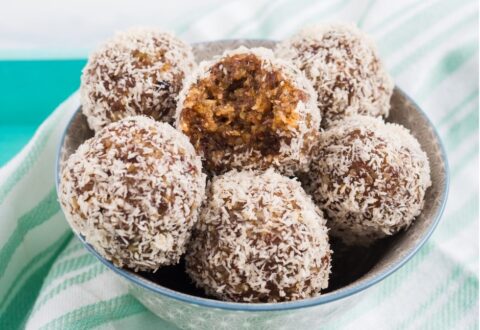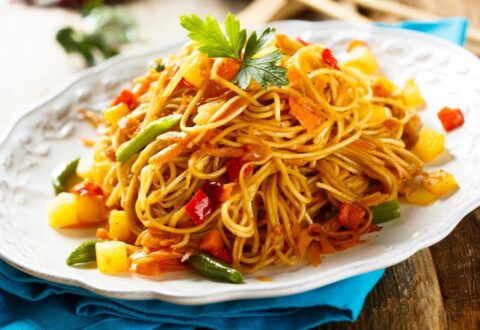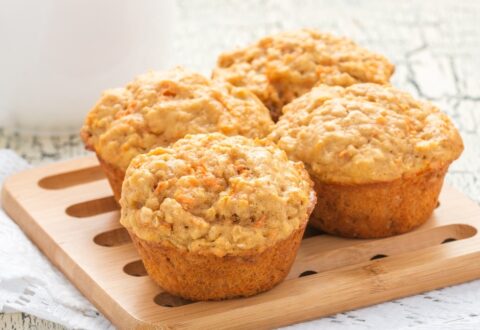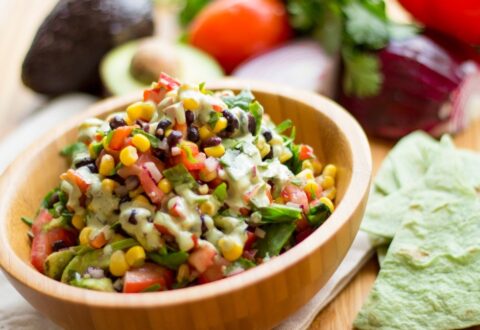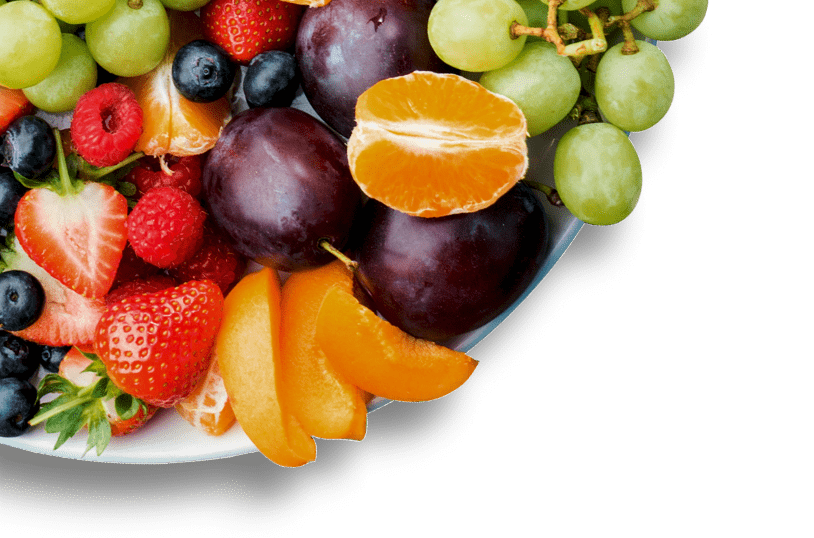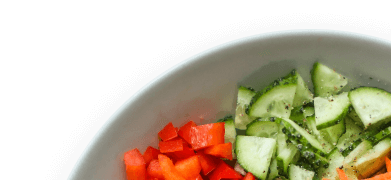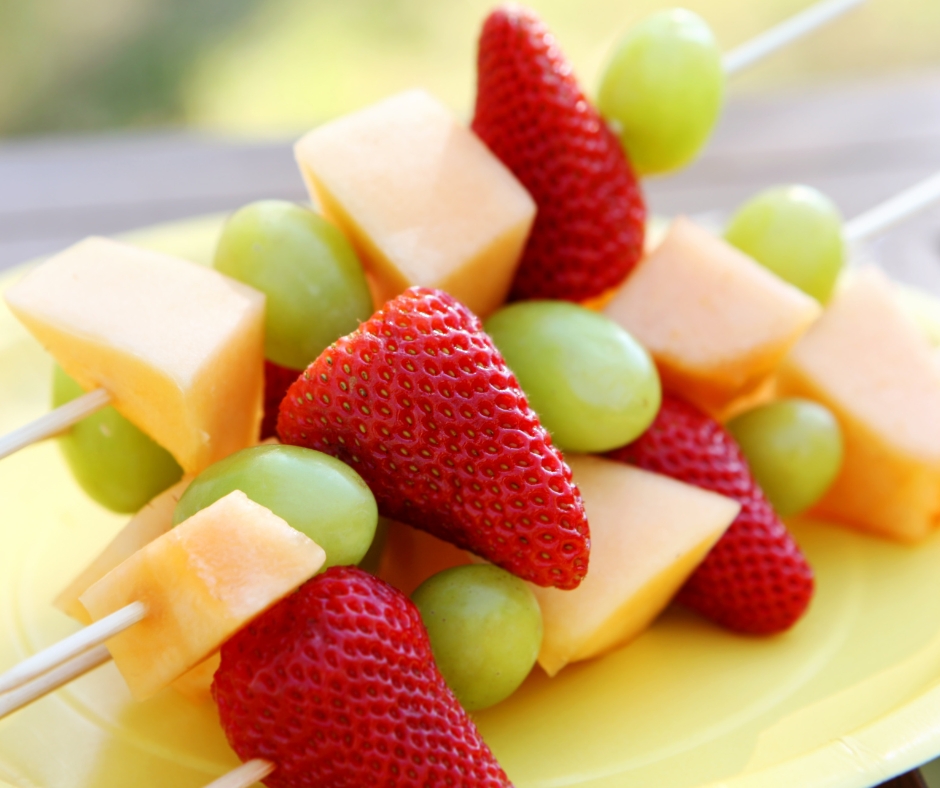Breaking even and beyond: Tips for a healthy and profitable canteen
There’s a common myth that a healthy canteen won’t be a financially successful canteen – but that couldn’t be further from the truth.
With a little planning and creativity, healthy school canteens are profitable canteens! Get the low down on how to make healthy changes in your school canteen without affecting the bottom line.
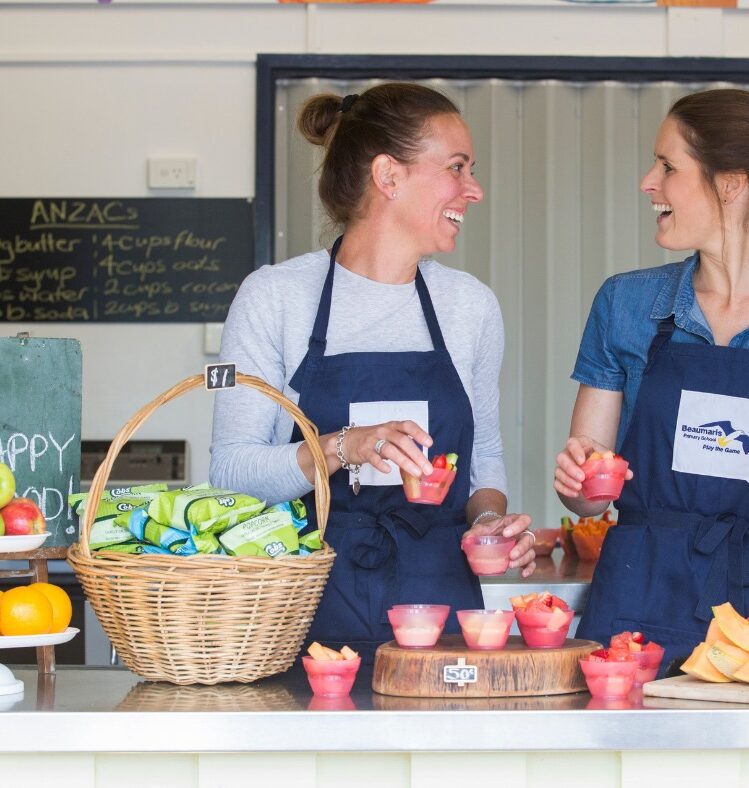
The financial facts on healthy canteens
There’s plenty of research showing that healthy canteens can make a profit, or at least break even. Just take a look at these results:
- A 2017 study of 10 NSW schools showed that when healthier options were actively promoted, there was no significant difference in the average weekly canteen revenue. [1]
- A 2016 study showed 82% of WA school canteens broke even or made a profit with healthy canteen menus [3].
- In 2018, a Queensland study found menus with a greater proportion of GREEN items were more likely to make a profit and had a greater value of sales. [4]
“We looked at what we needed to offer the students in the way of nourishing and healthy foods rather than any impact it would have on the financial performance of the canteen. I’m glad to say there has been minimal impact on takings.”
“Despite removing some popular unhealthy items, the students quickly supported the new menu. Sales are steady and the canteen’s new menu is proving to be financially viable.”
Tips for success
Promote healthy foods and drinks
Make healthier items your new best sellers using the 4 Ps of marketing:
- Product: Is the item desirable? Is it tasty, attractive, with a catchy name?
- Price: Is it affordable, and is it good value compared to other items?
- Place: How do families and students access it, e.g. via lunch orders, over the counter, every day or on special days only?
- Promotion: How is it promoted to students and families, e.g. via signs at the canteen, newsletter, canteen menu, school social media?
Be a savvy shopper
- Buy ingredients in bulk, and/or when they are on special.
- Find cheaper products and/or brands. Use FoodChecker’s product search to find GREEN and AMBER products, then see which ones are cheaper.
Take the time to get it right
- Some schools update their canteen all at once, and others introduce changes slowly. Take small steps, and measure the results, such as replacing one item at a time with a healthier alternative.
- Give new items time to gain momentum before deciding if they are a good seller. Trial new recipes and get feedback before adding them to the menu.
Don’t go it alone
- Engage students and staff to make them part of the changes. For example, hold a naming competition for new items, conduct a survey to get new menu ideas, and use activities in the classroom to invent new menu items.
- To get school-wide support, communicate changes — and why you are making them — to everyone at your school.
- Share any results from surveys and recipe trials with school leadership to get their support and ongoing commitment to having a healthy canteen.
“Buckley Park College’s canteen has not seen any negative financial impact by implementing and supporting a healthy canteen menu. If anything, sales have slowly increased. Healthier choices and more variety were included so the students have been more willing to purchase from the canteen” – Buckley Park College case study
References
[1] Delaney, T. et al. Cluster randomized controlled trial of a consumer behavior intervention to improve healthy food purchases from online canteens. American Journal of Clinical Nutrition 2017.
[2] Nutrition and Physical Activity Branch. NSW Healthy School Canteen Strategy Evaluation Report 2005.Sydney: NSW Department of Health, 2006.
[3] Stakeholder perceptions of a school food policy ten years on, S Pettigrew et al. , 2017, Public Health Nutrition
[4] Improve our tuckshops- 2018 Queensland Tuckshop Snapshot survey. Christine Stewart, Amiee Johnston, QAST, Queensland Government, 2019.
For more information please phone 1300 22 52 88 or email heas@nnf.org.au
Except where otherwise indicated, the images in this document show models and illustrative settings only, and do not necessarily depict actual services, facilities or recipients of services. This document may contain images of deceased Aboriginal and Torres Strait Islander peoples. In this document, ‘Aboriginal’ refers to both Aboriginal and Torres Strait Islander people. ‘Indigenous’ or ‘Koori/Koorie’ is retained when part of the title of a report, program or quotation. Copyright © State of Victoria 2016
Written and reviewed by dietitians and nutritionists at National Nutrition Foundation, with support from the Victorian Government.

Related resources
Featured recipes
Explore more recipesRegister your interest
"*" indicates required fields




